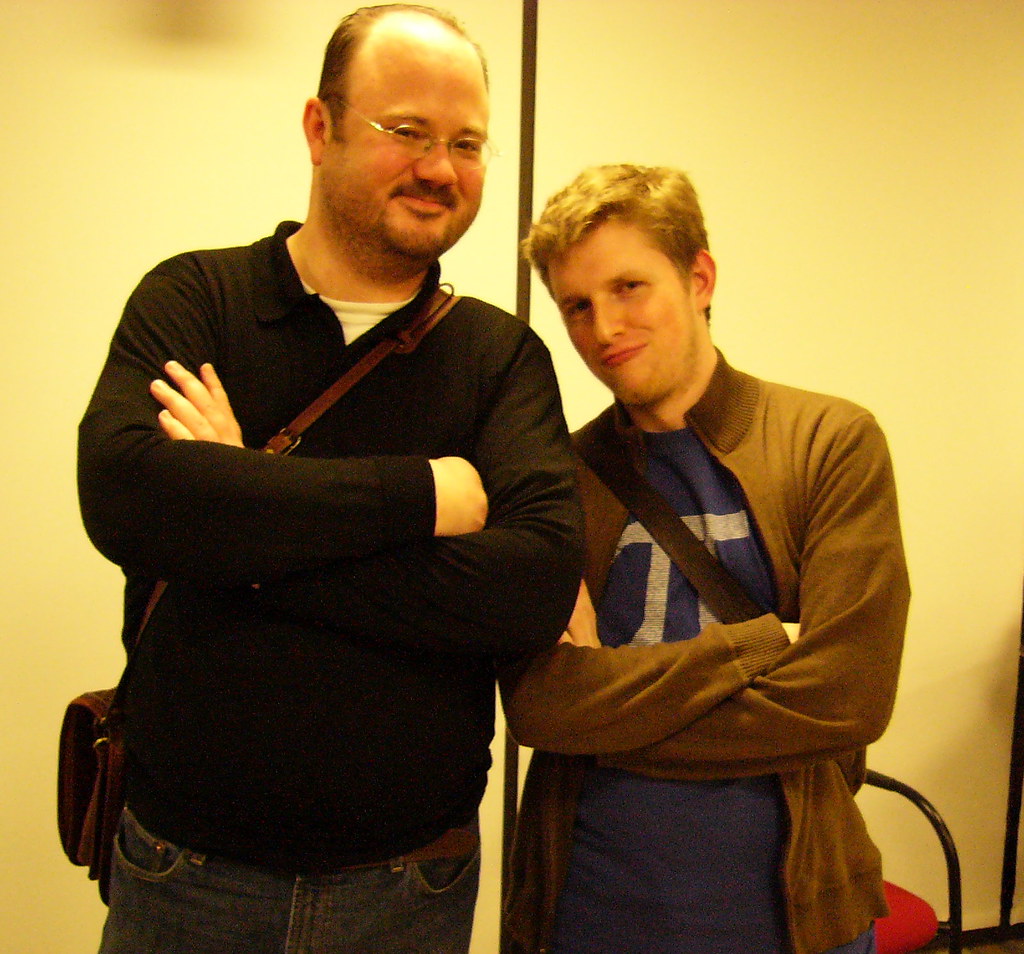Textpattern is 20
When the web was still a jungle, around the year 2000, there was one browser.
Enter Microsoft Internet Explorer, interlude browser wars, exit Netscape Navigator.
Based on the Netscape Navigator, a new browser was developed for reanimation under the hood of the Mozilla Foundation.
This resurrected browser was initially called Phoenix – why only? I used Phoenix very early on. The new logo of this browser, which was then called Firefox, was designed by graphic designer Jon Hicks when the first version appeared, which is why his website interested me.
The basis of this website was a CMS called Textpattern. Macromedia Dreamweaver (not yet Adobe Dreamweaver!) was my tool of choice at the time for building websites – HTML and CSS were new, unknown knowledge zones, and the Textpattern tags seemed logical, fitting and beautiful to me in this new knowledge zone.
Another blogging tool called WordPress was then in competition with Textpattern, and based on the frequency and popularity of the two search terms displayed by Google Trends, I decided that Textpattern would probably be the more popular system and my commitment in that direction made sense. In early April 2006, the two products were even merged.

Between you and me: I should not be asked about the potential of software products. Matt is estimated to be worth around $400 million today, and Dean was a winemaker in southern France AFAIK.
And so it begins…
The first official version of Textpattern carried version number 4.0. Because Dean Allen would turn 40 the following year. Since then, the major version has remained at 4.x. The server for update notifications at the time was originally not programmed for the major version to jump to higher numbers, and later no one wanted to tackle that anymore – never run a changing system.
Through the gateway drug Textpattern, my life literally transformed:
- I learned PHP, an obscure language for me at the time as a C developer without variable definition with a somewhat creative OO approach, and MySQL.
- After numerous patches and plugins, I aroused so much presumption of competence in Alex Shiels that he eventually invited me to join the core developer team of Textpattern.
- I can now also type around a bit in the Apache configuration without the result becoming pretty disastrous.
- Since then, as a sole proprietor, I have built about an umpteen websites with Textpattern as the CMS and never regretted my choice.
Textpattern is now twenty. Woot!